#bmw
Rare Rides: A Very Rare De Tomaso Guar Barchetta From 1995
The Rare Rides series has broached the subject of De Tomaso a few times before. The luxurious Longchamp coupe was accompanied by the Qvale-branded Mangusta, and the tangentially related Chrysler TC.
But today’s De Tomaso takes the cake for rarity over any of those previous Rare Rides. It’s a Guarà Barchetta, from 1995.
Germany's Transition to EV-Land Sounds Slightly Unpleasant
Yesterday, we discussed Volkswagen trouble in finding the perfect recipe for affordable electric cars. Today, its BMW’s turn, and a broader look at how electrification is affecting Germany on the whole.
Reducing auto emissions has become immeasurably stylish in countries across the globe, with Europe doing some of the heaviest lifting via stringent regulatory measures. As a result, Germany’s automotive sector intends to go green and push EVs to the forefront. While BMW may not have committed itself to electrification quite so thoroughly as Volkswagen, the company isn’t sitting around while the competition does everything. The company is making concerted efforts of its own. Still, there are drawbacks to upending established supply chains and dumping a fortune into developing an entirely different type of car.
Peering Into Mini's Tentative Electrification Plan
Automakers find themselves in the midst of a widespread electrification effort. However, the slow adoption rate of these vehicles has created some trepidation. Rather than roll out fleets of EVs en masse, most manufacturers have chosen to adopt platforms allowing for multiple powertrain configurations, relegating electrics to entirely new sub-brands or transforming lesser nameplates into EV brands.
Daimler is a good example of this. Mercedes-Benz has its EQ sub-brand, while Smart was rejiggered into a nameplate entirely focused on “electro-mobility.”
BMW Group will likely take a similar route with Mini. The brand’s first fully fledged EV is fast approaching, with the company repeatedly suggesting that it might reposition itself as an electric-focused nameplate. Peter Schwarzenbauer, BMW board member and Papa Bear to Mini, Rolls-Royce, and BMW Motorrad (motorcycles), is the man responsible for overseeing the shift, and has offered up a tentative glimpse into Mini’s future.
EU Faults BMW, Daimler, Volkswagen With Emissions Collusion
It might have taken two years of investigative raids and Daimler acting as a whistleblower, but Germany’s Big Three automakers finally stand accused by the European Union of collusion. On Friday, the European Commission claimed that Volkswagen Group, BMW and Daimler broke antitrust rules by acting together to delay the introduction of two emission cleaning systems between 2006 and 2014.
The Commission’s preliminary view is that BMW, Daimler and VW participated in a collusive scheme, breaching the EU’s competition rules by limiting the development and proliferation of new emission cleaning technology for diesel and gasoline-fueled passenger cars sold in the “European Economic Area.” This collusion occurred in the framework of the car manufacturers’ so-called “circle of five” technical meetings — which includes VW Group’s Porsche and Audi.
BMW Won't Drop Its V12 Until at Least 2023
With environmentalism gradually neutering the internal combustion engine, small motors are increasingly cropping up in cars they seemingly have no business in. While that’s partly the fault of there being so many gigantic automobiles on the market, at least historically speaking, none of it would be possible without increasingly stringent fuel economy mandates.
As emission rules are unlikely to soften globally (we’ll see what the United States does), larger engines are assumed to go the way of the dodo bird — or some other overly specialized creature.
BMW I2 to Become Company's First Jointly-developed EV With Daimler
The unlikely alliance between BMW and Daimler, solidified earlier this year, is in the opening stages of producing something tangible. The duo are already said to be working on a joint platform for electric vehicles, which the German business publication Manager Magazin claims will underpin a new EV from BMW.
Called the i2, the battery-powered subcompact is to be slotted beneath BMW’s existing i3. While rumored to be similar in size, the i2 will abandon the i3’s carbon fiber body in an attempt to minimize costs and broaden appeal. Daimler would follow by producing its own version, likely using Mercedes-Benz’s EQ sub-brand.
Detail Drip: BMW Reveals Range of Electric Sedan, Crossover
This certainly won’t be of interest to people living in Tim Cain’s neighborhood, or indeed your own, but it just might be for the legions of North Americans who tell survey peddlers that they’re totally considering an electric vehicle for their next purchase. Note: telling a surveyor you’re considering an EV purchase is as weighty as telling them you’re considering moving to Canada if the next election doesn’t go your way. It’s a vague assurance of nothing.
Anyway, all that to say that a great many automakers are planning an EV onslaught in the coming decade, and buyers may or not greet them at the dealer door. BMW’s role in this product wave involves an electric version of the X3 crossover, plus an i4 sedan and iNext largeish crossover. As with all EVs, the biggest point of competition will be range, and we now have an idea of what to expect from Bimmer’s green machines.
BMW Confirms 2 Series Gran Coupe For 2020
Having already provided Gran Coupe (fastback sedan) versions of the 4 and 6 Series, BMW is planning on doing the same for the “entry level” 2 Series. However, it doesn’t appear as though it will be based on the rear-drive 2 Series we’ve come to appreciate as the one of the best driving cars currently residing in the company’s stable.
Instead, BMW claims the 2 Series Gran Coupe will be based on the same front-wheel drive UKL modular platform that underpins most of the brand’s smallest models. That means the four-door Gran Coupe will probably have more in common with the X1, X2, 2 Series Active Tourer, and China’s 1 Series Sedan than it does with the standard 2 Series.
BMW Takes Its EVs-from-China Plan Off the Burner
Unlike another German automaker, BMW isn’t jumping into “electromobility” (gag) with both feet. There’s an element of restraint in the automaker’s electrification plans, unlike Volkswagen’s bid to put 1 billion EVs on the moon by next week. Thanks to this cautious blend of profit-mindedness and environmental consideration, we now have high-margin vehicles positioned above the X7 SUV. (Bimmer needs the dough for green things.)
But electric BMW vehicles are already here, and more are on the way. Normal-looking ones, too, like the iX3 crossover — a battery-electric version of the popular X3, due to start rolling out of China next year. At least, Bimmer was due to begin exporting it, until the automaker took the needle off the record.
QOTD: And the Oscar Goes to …
Even those with even the slightest passing interest in Hollywood movies know that the Oscars were doled out last night at the Dolby Theatre in Los Angeles. Films are fine, but anytime a screenplay involves copious (and sometimes gratuitous!) volumes of cars, well, gearheads like us tend to sit up and take notice.
Never mind Best Actor or Best Screenplay. What’s your pick for Best Car?
Frenemies: BMW and Daimler Team Up on Mobility, Remain Foes in the Showroom
As the marketplace evolves and the rise of “mobility” threatens to lock laggard automakers out of new revenue streams, old rivals are coming together to get out ahead of the competition. Take BMW and Daimler, for example. The German companies, normally embroiled in high-end sales combat, have cosied up to each other in recent years.
While they’re not sharing platforms and engines, the two do feel there’s benefits in joining forces on mobility. By mobility, we mean carsharing and all that sexy stuff you can’t get enough of. A pact between the two rivals came last March.
On Friday, the two automakers released the details of their mobility partnership, announcing five joint ventures funded by a combined $1.13 billion investment.
BMW's 8 Series Already Has Another Special Edition
It was only a handful of weeks after the returning 8 Series Coupe went on sale that BMW thought to release a celebratory one-off that incorporated real hunks of meteorite into the interior design. Well, BMW Individual is back at it again to produce another special edition.
Called the BMW M850i xDrive Coupe First Edition, it’s the obligatory aesthetic overhaul the brand likes to impose on most of its high-profile models in their first year. For the 8 Series, that means a limited run of the exclusive “Frozen Barcelona Blue” metallic paint and 20-inch, M-badged alloy wheels in onyx. The chrome detailing has also been substituted for a high-gloss black on the window frames, vents, grille, and tailpipes.
Buy/Drive/Burn: 2014 Midsize Luxury Sedan Shootout
Today’s edition of Buy/Drive/Burn was generated by a discussion over at the TTAC Slack room. The conversation turned to sporty midsize luxury sedans from 2014, and one staff member regarded one of these choices with a “meh.”
Let’s see how you feel about them.
Rare Rides: South of the Border Waits an MG TF From 2003
MG marked a return to its roadster roots after a long slumber with its 1990s F model. Wanting more, they developed it into today’s Rare Ride, a TF from 2003.
BMW and Mercedes-Benz: The Next Automakers to Buddy Up?
Cooperation is commonplace among automakers. Chrysler has worked with, or been purchased by, just about everyone at this point, but it’s far from the only manufacturer to get chummy with a rival company. Ford and Volkswagen are busy discussing their future together and Toyota tapped other brands to help it co-develop performance models like the 86 and Supra.
Despite their longstanding and occasionally bitter rivalry, Mercedes-Benz and BMW could be the next duo to cozy up to one another. According to German outlet Handelsblatt, BMW chairman Harald Krüger and Daimler management board member Ola Källenius are currently examining the possibility of an automotive alliance.







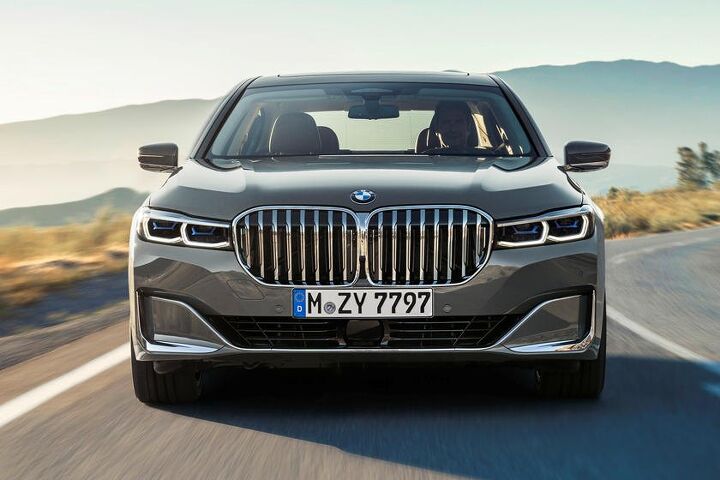
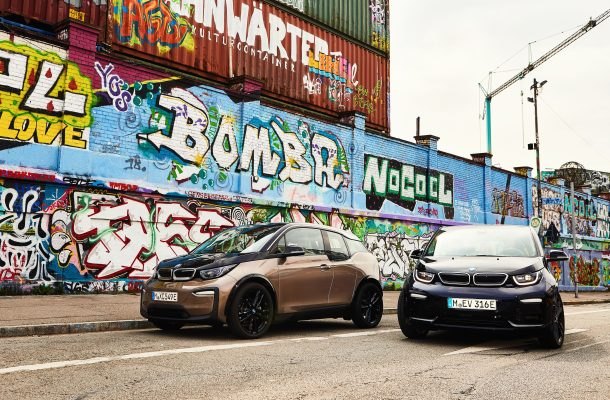
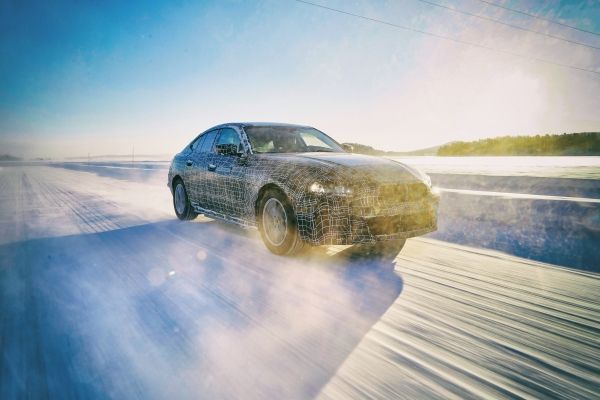
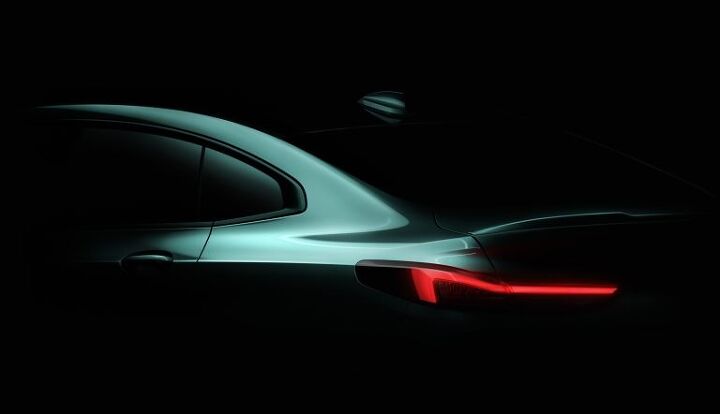



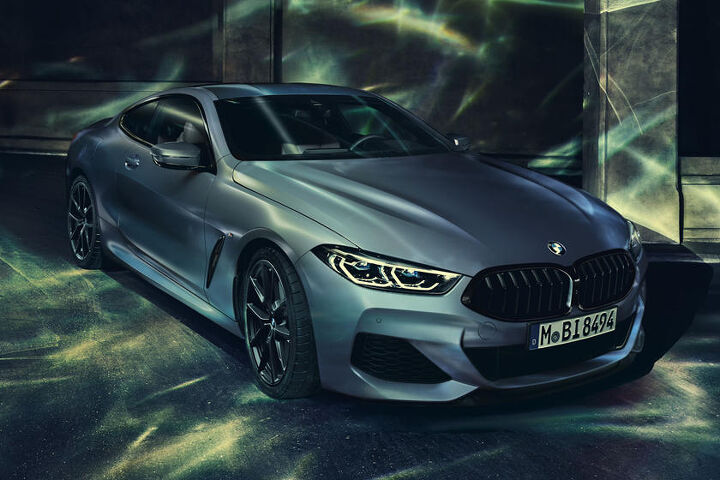
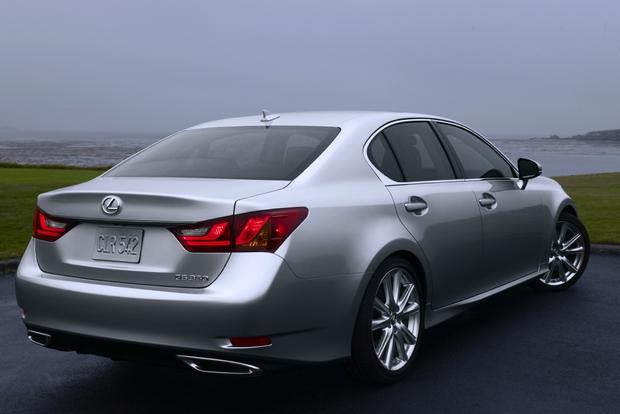
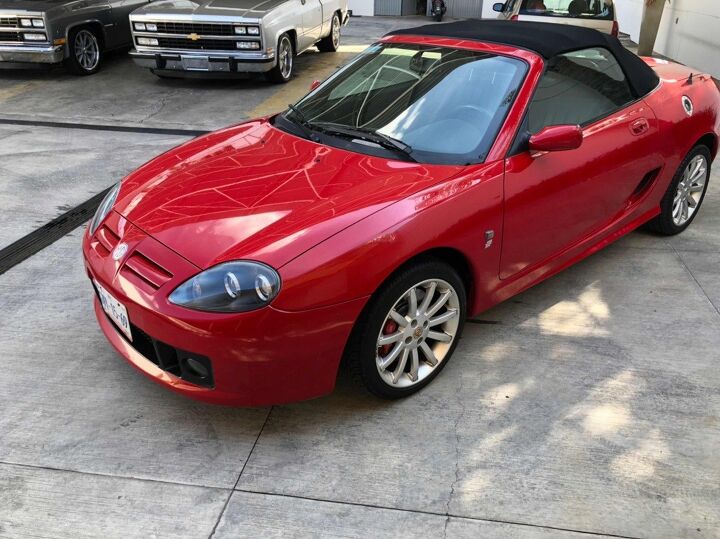
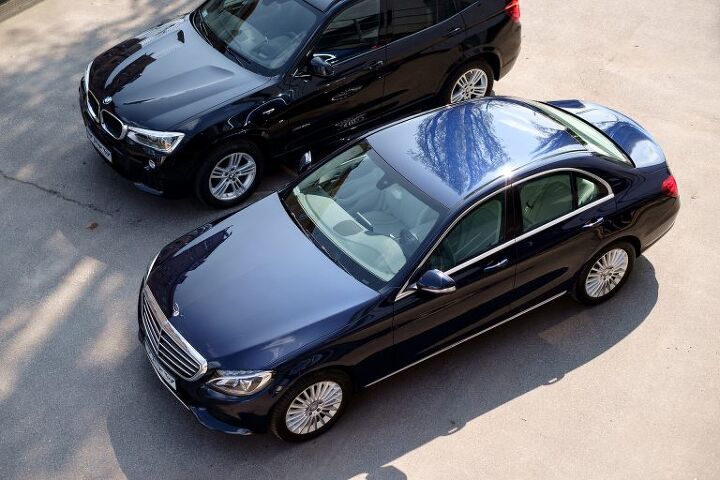












Recent Comments